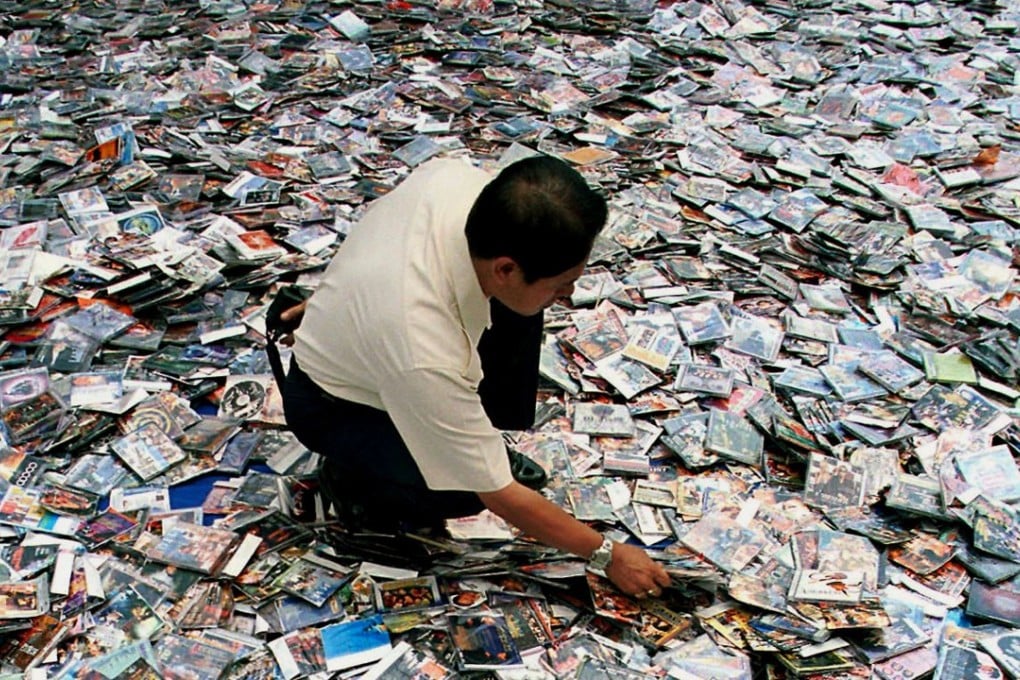Sales of fake goods in Southeast Asia hits alarming level
Economist says low penalties are partly responsible for the rapid growth in counterfeit goods.

By Kang Siew Li and Wong Ee Lin
Counterfeiting has reached an alarming level, causing huge revenue losses to governments across Southeast Asia, says Piotr Stryszowski, senior economist of public governance and territorial development directorate at the Organisation for Economic Co-operation and Development (OECD).
Stryszowski, who has been following this issue at the grouping of rich developed nations for some 10 years, observed that the scale of this problem has been growing in the region.
And it’s not just the scale of counterfeiting that is alarming, it’s also the scope, he added.
According to him, high-end brands used to attract counterfeiters, but now any product with a logo is a target.
“These days counterfeit goods can range from branded consumer products, spare parts, batteries and business-to-business goods to common consumer goods such as toothpaste, cosmetics and food.”
“If there is a product where people are willing to pay more for its brand name or for any other reasons such as safety and quality, this product can become a target for counterfeiters,” he told The Edge Financial Daily on the sidelines of the Global Illicit Trade Summit hosted by The Economist Events.
